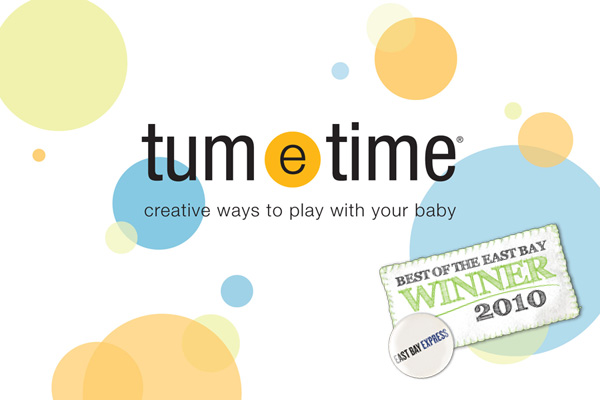By Kim Lyons (me)
Now that your baby has arrived, what do you do to entertain and play with her? Forget about the advertisements plastering the parenting magazines or the aisles full of toys at the big warehouse shops; what I'm referring to doesn't require anything more than being present and using items you find around your house or in the local park. Let's call it back to basics: non-stressful ways to spend time with your baby.
As you lay in bed together, gently massage your baby's toes one by one; use the opportunity to burst into "This Little Piggy" or begin introducing numbers by counting them. Not only does massaging his toes provide an opportunity for play and early number introduction, stimulating this area of the body boosts the immune system warding off colds and flu viruses. Other prime times to offer a gentle massage are during diaper changes and after baths. Administering long, slow strokes from head to toe is calming and relaxing not only for baby, but for you as well. If you want to dive deeper into massage, attend an infant massage class or check the library for books or DVDs on how to massage your baby.
How might you make use of other times together, such as when you are standing in a long grocery line? Start to move together by swaying back and forth; bend your knees and move up and down, turn around if there is room, and sing about your movement while you dance. No matter how small the movement, it will improve both of your attitudes about being stuck in line. Imagine the smiles from people around you as they vicariously release their own unspoken frustration. You can explore these dance moves with music while at home. Play a variety of music (classical, jazz, drumming, rock, etc.) and find a rhythm as you partner with your baby to tango, salsa or slow dance around your home. See what appeals to you and your baby.
You can also tone down the moves and introduce gentle passive movements, also known as baby yoga. Leg movements, where you move baby's legs like they are riding on a bicycle, can offer gas and constipation relief. Simply hold her legs on the lower leg/calf and rotate them gently in a circular motion. Remember: If you
Many of us are very self-conscious about singing in our society, but babies don't care what your voice sounds like. You can make up songs about anything such as: leaving the swings or washing your hands for lunch. Sing in a whisper, a big voice, or somewhere in between. Clap your baby's hands together or offer him a wooden spoon to drum along. Try to remember old favorites from your childhood, check out the library or check out Internet resources for a new repertoire. For example, YouTube.com has an array of tunes sung by all types of people.
Finally, gather things from around the house or outdoors to play with. Look for items that will fit into one or more of the senses: touch, taste, sound, smell and sight. Remember you can explore items safely together, for example, sand at the park or beach may be a tempting thing to put in her mouth, but what about just sitting baby on your lap, scooping a fistful of sand and pouring it over her legs or toes. Or how about standing your baby up so just his feet are standing on the sand all the while describing the experience? You might say one or all of the following based on what is going on: "the sand feels warm because of the sun," "the sand may tickle as it runs through your toes," and/or "does the sand feel rough against your skin?" You are beginning to introduce descriptors that the baby uses as it learns to categorize while experimenting with all the different textures.
In addition, explore with more than just the hands and feet. Rub the silky scarf on her cheek or roll the smooth rock down his forearm. Take time to engage in play together and other times sit back and watch as your little scientist performs experiments with the toys you offer.
Often grandmothers like to say, "All we had were pots and pans to play with and we turned out just fine!" I find this to be more and more true as I watch my 6 year old find 101 things to do with a toilet paper roll. Sometimes, it's about adjusting our own perceptions and merely looking around with new eyes. Babies do get tired of playing with the same items though, so change things around by rotating items every week or two.
Keep things simple, it's more about the quality than the quantity that you give your baby. Our time with our babies passes by far too quickly. What better gift is it to slow down and be less absorbed by the latest gadget and explore what is right in front of you.

No comments:
Post a Comment